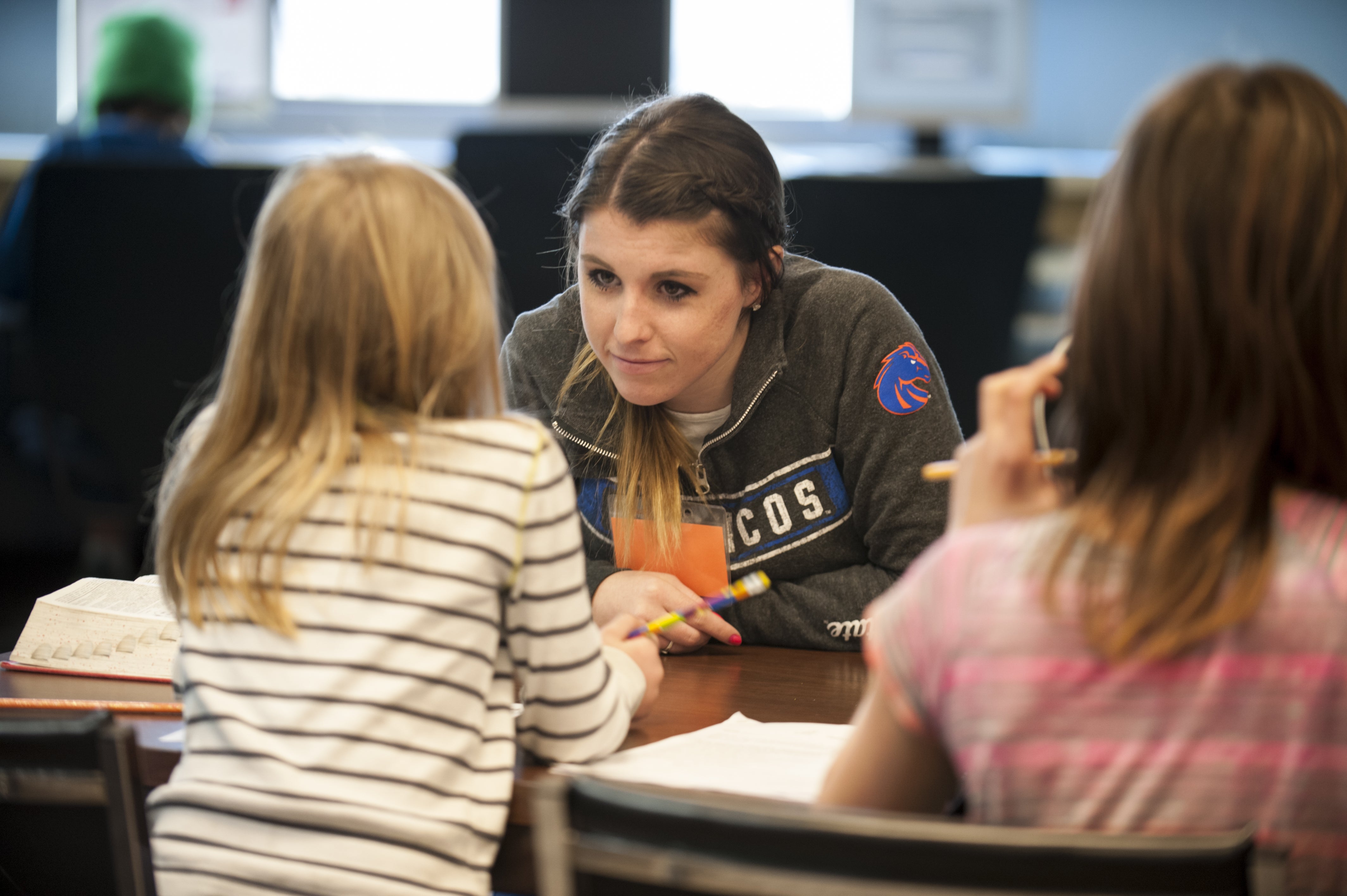
“What can service-learning look like in my class, and where do I begin?”
Offering students opportunities to apply their learning in real-world settings while addressing real community issues, is one of the most effective strategies to make learning more engaging. So it’s not surprising that AAC&U lists Service-Learning as a “High Impact Practice,” and Boise State’s strategic plan encourages more experiential learning. Faculty who teach with service-learning (SL) report that SL increases student motivation, invigorates teaching, and opens up new publishing and grant opportunities. If you are interested in designing a class that includes community experiences, the Service-Learning staff can help.
To get you started, the Service Learning Director, Kara Brascia, offers these tips, steps, and guiding questions.
Before you get started
You might already have some ideas for community projects and collaborations, but before you get too far, consider these tips:
- Start small or consider using campus-based projects. Keep in mind your own availability and capacity to follow through.
- Plan ahead. Give yourself plenty of time, at least one semester in advance, to adapt your course, develop community partnerships, and plan the SL project.
- Lean on the Service-Learning team. They can support you in connecting with community partners, integrating best practices, designing a project, and much more.
The central question to ask yourself is “considering my learning outcomes, what activity might help students apply course concepts to their communities?”
Other questions might be:
- What type of project might fit well with my current course structure?
- What community connections do I have now, and what community issues are relevant to my students?
- What does the community need?
- What do I want students to learn?
- What skills and strengths can students contribute to the community?
- What constraints might students bring?
- How much time can I invest in managing SL?
Steps to get you started
Reach out to Service-Learning Director, Kara Brascia, at KaraBrascia@boisestate.edu. She will brainstorm with you what SL could look like in your class and walk you through the planning steps, including:
- Clarify learning goals for the service experience, including career education outcomes
- Find and involve a community partner
- Carefully design SL experience with the community partner
- Integrate reflection and adapt your course assignments
- Apply for SL designation
- Allocate time to guide students
Continued Support
The Service-Learning team offers continued support as you plan and implement your SL experience. Ask the team for help with:
- Identifying SL approaches that fit your discipline and type of course
- Introductions to community partners
- Logistical support
- Templates for project scoping
- Connecting to other faculty who can share ideas for SL
- Publishing on SL
- Gaining recognition for SL efforts and achievements
Take the leap!
You will find yourself part of a supportive and inspired community of faculty who are enhancing students’ learning and strengthening our community.